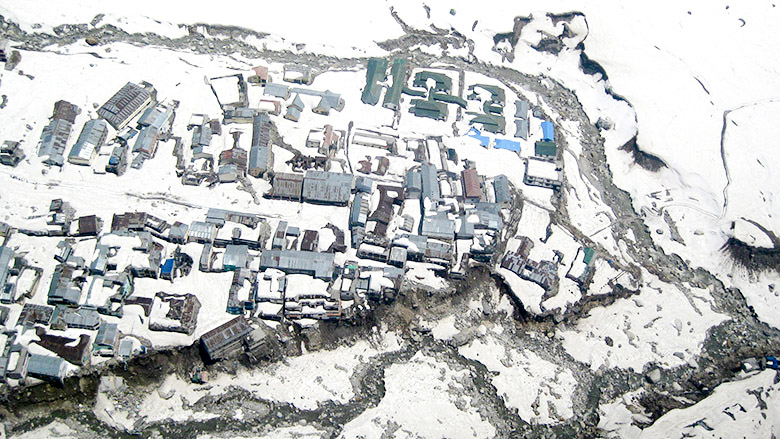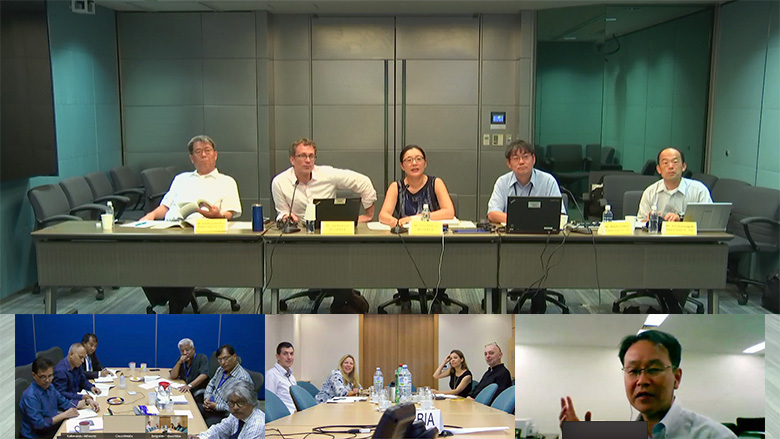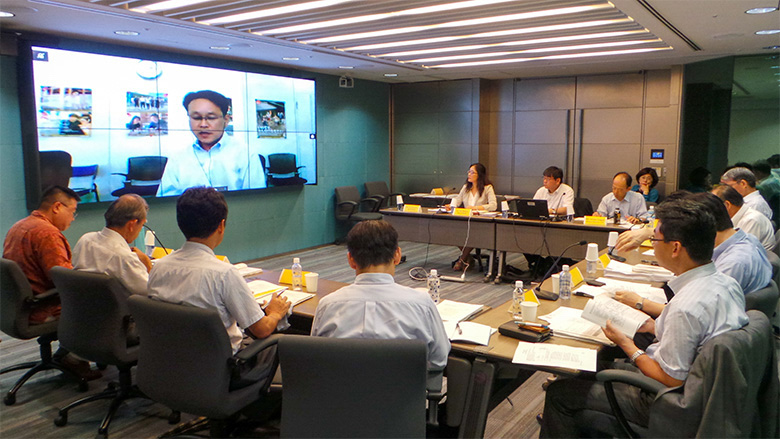Understanding environmental condition with disaster risks is a prerequisite for reducing vulnerability and preparing for potential disasters. In many developing countries, the construction of local roads, highways, and forest roads in river basins and mountainous areas are the significant triggers of landslides, which can lead to higher rates of erosion and sedimentation. The situation is particularly aggravated when the roads are unpaved. The existence of disaster-resistance highways are essential infrastructure to ensure evacuation and access to minimize the impact of disasters on social and economic activities, including emergency responses and recovery works.
The World Bank Disaster Risk Management Hub, Tokyo organized a validation workshop on the Road Geohazard Risk Management Handbook. The DRM Hub, Tokyo has developed the handbook, with advice, input, and information from Japan’s Ministry of Land, Infrastructure, Transport and Tourism (MLIT), Reconstruction Agency, Japan International Cooperation Agency (JICA), Japan Landslide Society, International Sabo Network, and Sabo & Landslide Technical Center.
The handbook aims to provide guidance to practitioners in developing countries on integrating geohazard risk management in all aspects on the road sector, ranging from institutional frameworks to operations and maintenance. It illustrates a step-wise approach that begins with the institutional setup, and the management of roads that can be closed during certain periods of the year, and explains efficient post-disaster activities as short-term targets. For the long-term targets, it describes mainstreaming of road geohazard risk management by considering its contributions to geohazard mitigation such as the potential use of flood mitigation dike embankments as emergency road access during catastrophic disaster events.
On July 21, the World Bank project leaders and Road Geohazard Risk Management project team assembled around the virtual table, examined the contents of the handbook, and exchanged insights to ensure its viability and practicality. Participants also discussed about methods for pilot testing.
On the basis of first day’s discussion, the team moved the discussion forward with Japanese experts from MLIT, Reconstruction Agency, JICA, Hirosaki University, and Sabo & Landslide Technical Center to consolidate the usability of the handbook, and to examine if the all topics mentioned above have been thoroughly covered and explained with case examples.
The discussed points will be reflected to the handbook.



